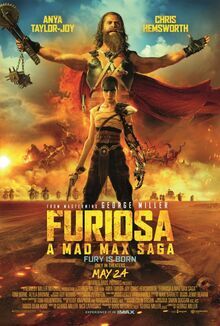The Hunger Games: The Ballad of Songbirds & Snakes
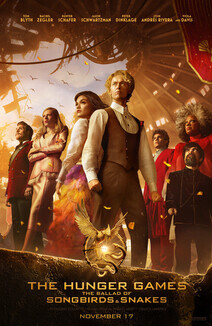
The Hunger Games: The Ballad of Songbirds & Snakes
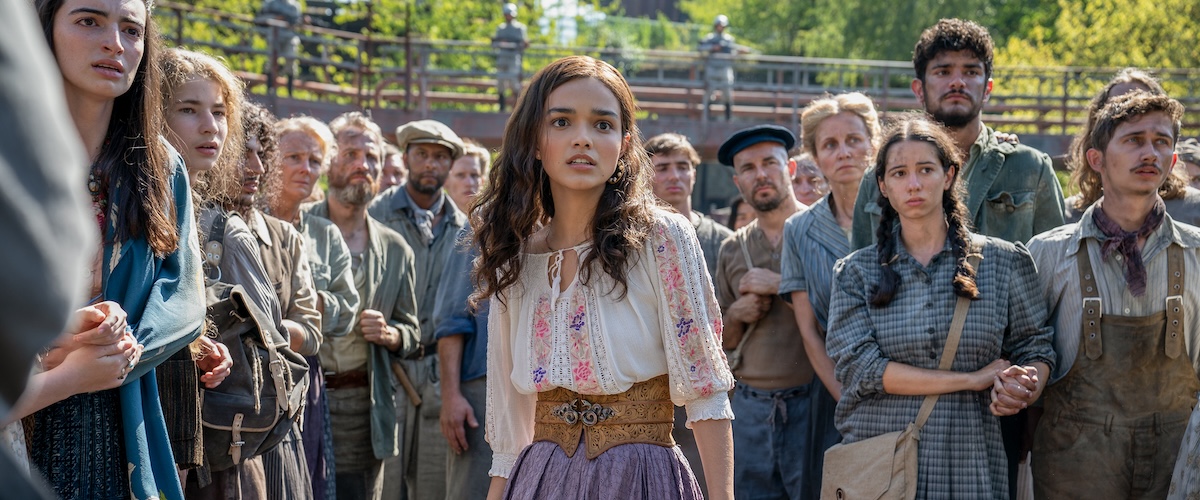
Now streaming on:
JustWatch
The most gripping aspects of “The Hunger Games: The Ballad of Songbirds & Snakes” don’t even have to do with the actual Hunger Games themselves. They come later, in part three of this lengthy prequel, based on the 2020 novel by Suzanne Collins.
Sure, there’s some fascination in seeing this early incarnation of the games, set 64 years before the original film’s events. Panem hasn’t been a dystopian wasteland for long, and this rudimentary version of the elaborate bloodbath we’ll know is meant to serve as the capitol’s punishment against the districts for their uprising. You don’t have to be an aficionado of the franchise to appreciate the bleakly vivid sense of place returning director Francis Lawrence creates, although fans will probably enjoy seeing references to Mockingjays, for example, and even the name Katniss. In these moments, we are all the Leonardo-DiCaprio-pointing-at-the-screen meme.
Within this furious state of flux, a young Coriolanus Snow begins his rise to power. We know he eventually gets there, as embodied in the original films by a chilling Donald Sutherland. But Tom Blyth’s evolution into that tyrannical presidential persona is fascinating to watch in its grand gestures and tiny revelations. Snow goes from a moneyed pretty boy destined for entitled greatness to a clear-eyed manipulator intent on crafting his fate. It is a star-making performance.
The subtlety of this supervillain origin story is what makes it so unsettling. In the script from Michael Lesslie and Michael Arndt, Snow asserts increasing control not through sheer brute strength but rather through simple, calculated decisions, one after another. Initially, he can tell himself he’s doing the wrong things for the right reasons; eventually, he doesn’t bother to make that bargain with himself anymore.
We see it in how he pretends he’s still wealthy around his pretentious school friends, even though his once-prominent family has fallen on hard times, as many have. Grandma’am (Fionnula Flanagan) puts on airs but can barely pay the rent; cousin Tigris (Hunter Schafer) remains kindhearted amid the suffering. These influences seem to shape how he approaches his responsibilities as a mentor to Lucy Gray Baird (Rachel Zegler), the District 12 tribute he must guide through the 10th annual Hunger Games.
Lucy Gray makes an impression from the first second her image is splashed on screens across the nation; the titular songbird, she stands out in her melodic method of protest, and Zegler, the “West Side Story” star, has further blossomed in her charisma. Her voice soars, of course, but the notes that catch in her throat are even more emotional.
Blyth and Zegler share a spiky chemistry that’s equal parts attraction and mistrust. Each of them realizes they can help the other survive and thrive because making it out of the Hunger Games alive isn’t the only goal. Creating the most memorable spectacle is what matters most now, we learn from head game maker Dr. Volumnia Gaul. Viola Davis plays this chicly sadistic figure with just the right amount of camp, and she’s the beneficiary of costume designer Trish Summerville’s most striking creations.
Jason Schwartzman, meanwhile, offers some delightful zingers as schmaltzy emcee/weatherman Lucky Flickerman, a predecessor to Stanley Tucci’s blue-haired game show host Caesar Flickerman. His bemused mantra, “See what happens when you do stuff?” is an all-too-relevant commentary on our attention-hungry times. And the retro-futurism of the mid-century modern TV studio suggests a promise of prosperity that winning the Hunger Games could never possibly provide.
Peter Dinklage grounds these events, which range from the silly to the savage, as Casca Highbottom (gotta love Collins’ creative character names). He’s the dean of the Academy who helped develop the Hunger Games in the first place; now, he’s the voice of reason, suggesting maybe they’re not such a good idea anymore. Dinklage brings a down-to-earth, wry wisdom, which is much needed in this wild world. The kills feel more brutal here because these kids don’t have to endure complicated challenges to complete them; they just have to pick up a weapon and aim for each other. (Some repurposed delivery drones also up the level of startling violence.) That’s where the clever bond between Snow and Lucy Gray comes into play. And because they’ve formed a deeper connection than most mentors and tributes, the film’s third chapter feels much more fraught.
Here, we see how the depth of Snow’s dark side fully reveals itself. There’s a shift in his posture, a hardening in his eyes. Lucy Gray, meanwhile, knows how to use her folksy charm for maximum beguiling effect. Whereas the energy may have felt a bit uneven in the previous two chapters—titled “The Mentor” and “The Prize”—part three, “The Peacekeeper,” makes a bold departure in terms of location, emotion, and tone. It moves out of the austerity of the capitol and into a pastoral forest setting, where returning cinematographer Jo Willems creates a lush vibe that’s both romantic and dangerous. Here’s where the 157-minute film slows and gets quieter, making room for exquisite tension between two people who dared to trust each other.
“Snow always lands on top” is the longtime credo for Coriolanus and his family. The question of how it falls, and whether it sticks, makes “The Ballad of Songbirds & Snakes” a surprisingly suspenseful prequel.
In theaters today.

Christy Lemire
Christy Lemire is a longtime film critic who has written for RogerEbert.com since 2013. Before that, she was the film critic for The Associated Press for nearly 15 years and co-hosted the public television series “Ebert Presents At the Movies” opposite Ignatiy Vishnevetsky, with Roger Ebert serving as managing editor. Read her answers to our Movie Love Questionnaire here.
Now playing

Great Absence
Brian Tallerico
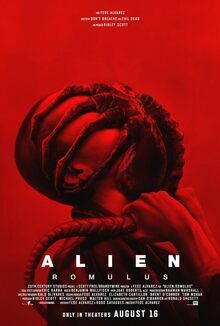
Alien: Romulus
Brian Tallerico

Lumina
Brian Tallerico

Sugarcane
Peyton Robinson
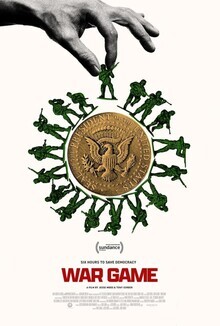
War Game
Nell Minow
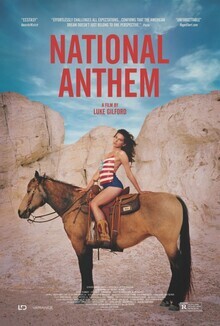
National Anthem
Sheila O’Malley
Film Credits

The Hunger Games: The Ballad of Songbirds & Snakes (2023)
Rated PG-13
for strong violent content and disturbing material.
157 minutes
Cast
Tom Blyth
as Coriolanus Snow
Rachel Zegler
as Lucy Gray Baird
Hunter Schafer
as Tigris Snow
Jason Schwartzman
as Lucretius ‘Lucky’ Flickerman
Peter Dinklage
as Casca Highbottom
Viola Davis
as Dr. Volumnia Gaul
Josh Andrés Rivera
as Sejanus Plinth
Fionnula Flanagan
as Grandma’am
Isobel Jesper Jones
as Mayfair Lipp
Ashley Liao
as Clemensia Dovecote
Jerome Lance
as Marcus
Knox Gibson
as Bobbin
Burn Gorman
as Commander Hoff
Director
- Francis Lawrence
Writer (based on the novel by)
- Suzanne Collins
Writer
- Michael Lesslie
Writer
- Michael Arndt
Cinematographer
- Jo Willems
Editor
- Mark Yoshikawa
Composer
- James Newton Howard
Latest blog posts

A Woman Without Peers: Gena Rowlands (1930-2024)

The Needle Drop Sessions: Pump Up the Volume & Untamed Heart

Locarno Film Festival 2024: Youth (Hard Times), Transamazonia, Moon

Thumbnails 8/15/24: Six Must-Reads You Don’t Want To Miss This Week
Comments
comments powered by Disqus
